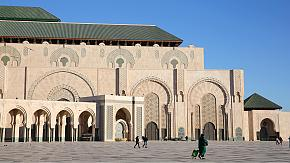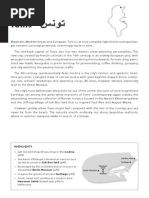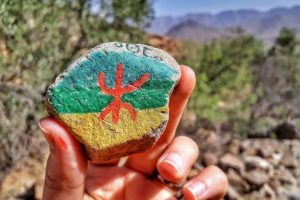- Published on
Celebrating Amazigh (Berber) Identity Yennayer Traditions
- Authors

- Name
- Adil ABBADI
Introduction
In the midst of Morocco's diverse cultural landscape, the Amazigh (Berber) community stands proud, celebrating their traditional New Year, Yennayer. This ancient festival marks the beginning of the Amazigh calendar, rooted in agricultural cycles and lunar observations. As we delve into the heart of Yennayer traditions, we'll discover the vibrant cultural practices, symbolic foods, and joyful gatherings that define this cherished celebration.

- Cultural Context
- Traditional Significance
- Modern Relevance
- Cultural Preservation
- Conclusion
- Cultural Call-to-Action
Cultural Context
Yennayer is deeply rooted in the Amazigh people's history and identity. The festival dates back to the pre-Islamic era, when the Amazigh people worshipped the goddess of fertility, Tanit. As the Amazigh people adopted Islam, Yennayer evolved, incorporating Islamic elements while preserving its unique Amazigh character. Today, Yennayer is a testament to the community's resilience and cultural heritage.
Traditional Significance
At the heart of Yennayer lies a rich tapestry of traditions, music, and symbolic foods. The celebration begins on the eve of January 13th, with families gathering around the dinner table, adorned with an array of traditional dishes. The centerpiece is the "Achour," a sweet, honey-soaked pastry, symbolizing the sweetness of the new year. The "Tagine," a slow-cooked stew, is another staple, representing the community's hospitality and generosity.

Modern Relevance
In modern times, Yennayer has become an important symbol of Amazigh people from across Morocco and the diaspora. It serves as a unifying force, bridging the gap between generations and geographic distances. The celebration has also inspired a new wave of Amazigh artists, musicians, and writers, who draw inspiration from Yennayer's rich cultural heritage.
Cultural Preservation
Efforts to preserve and promote Yennayer traditions are underway, driven by Amazigh organizations and community leaders. Cultural festivals, language classes, and traditional craftsmanship workshops are just a few examples of initiatives aimed at safeguarding this precious cultural legacy. The Moroccan government has also recognized the importance of Yennayer, declaring it an official national holiday in 2018.

Conclusion
Yennayer is more than just a celebration – it's a testament to the Amazigh people's resilience, cultural richness, and determination to preserve their heritage. As we conclude our journey through Yennayer traditions, we're reminded of the importance of cultural appreciation, understanding, and exchange.
Cultural Call-to-Action
Let us join the Amazigh community in celebrating this vibrant festival, embracing the beauty of cultural diversity, and honoring the traditions that make our world a richer, more fascinating place.
